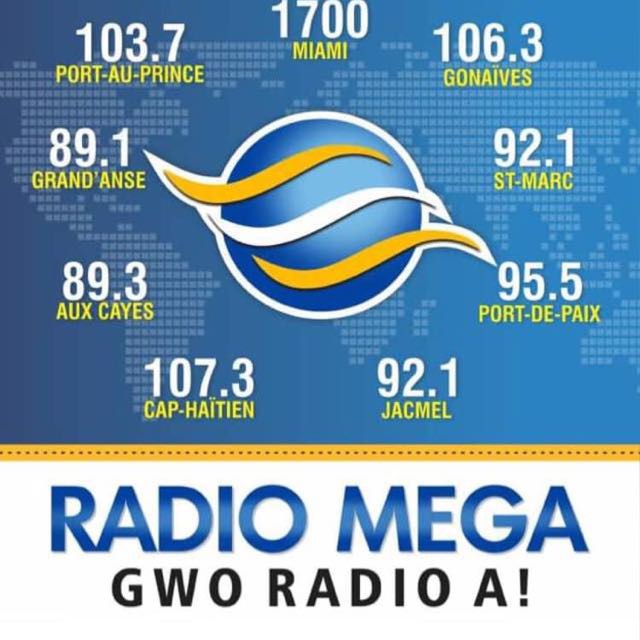NEW YORK, NEW YORK – JULY 28: An indication is posted at a restaurant following restrictions imposed to … [+]
The COVID-19 pandemic and the coverage response to it led to a rare improve within the variety of American households that owed no federal particular person earnings tax in 2020. The Tax Policy Center estimates that last year almost 107 million households, or about 61 %, owed no earnings tax and even obtained tax credit from the federal government.
The spike is prone to be non permanent, nonetheless. The share of non-payers will decline to about 102 million or 57 percent this year. And TPC initiatives that the proportion will return to pre-pandemic ranges in 2022 and proceed to say no after that, assuming the financial system continues to rebound and a number of other non permanent tax advantages expire as scheduled.
Final yr, the share of non-payers elevated by roughly 40 % from the pre-pandemic yr of 2019, attributable to a mix of a poor financial system and a number of rounds of tax-based help to hard-pressed households.
Misplaced jobs, authorities funds
Twenty million employees misplaced their jobs. Many had been low-wage employees who had been paying little or no earnings tax earlier than the pandemic hit. As well as, the federal authorities responded to the financial droop by distributing three rounds of Economic Impact Payments (stimulus checks), beginning in April, 2020. As a result of they had been designed as refundable tax credit, that they had the impact of considerably lowering tax legal responsibility in each 2020 and 2021. And the funds flipped some households from paying earnings tax to not doing so.
Congress additionally considerably elevated the scale and scope of the Child Tax Credit (CTC) in 2021, in addition to the Earned Earnings Tax Credit score (EITC) and the Little one and Dependent Care Tax Credit score CDCTC). All of those are refundable credit which will have worn out federal earnings tax legal responsibility for tens of millions of households and even made it attainable for them to obtain credit that exceed their tax legal responsibility.
Successfully no households making lower than about $28,000 will pay federal income tax this year, nor will three-quarters of these making between $28,000 and $55,000. Amongst middle-income households, about 43 % pays no federal earnings tax.
Extra payers in coming years
Keep in mind, this displays solely those that pay no federal particular person earnings tax. TPC estimates that whereas the variety of households paying neither payroll nor earnings taxes additionally rose considerably, roughly 4 out of each 5 did pay one in every of these two taxes. And almost everybody paid another taxes, together with state and native gross sales taxes, excise taxes, property taxes, or state earnings taxes.
As extra Individuals get vaccinated, they’re quickly returning to work and plenty of low-wage employees are getting raises, which is able to return them to the federal earnings tax rolls. TPC estimates that the variety of households that pay no federal earnings tax will fall to about 75 million next year, or a bit lower than 42 %. By 2026, the proportion of non-payers will fall to about 40 % beneath present regulation.
Center-income households might be way more prone to pay once more: Solely about 21 % might be non-payers subsequent yr, falling to about 18 % in 2026 if the tax regulation returns to its pre-2018 state as scheduled.
The will increase within the refundable credit enacted final yr are attributable to expire on the finish of this yr. And the individual income tax cuts included in the 2017 Tax Cuts and Jobs Act will finish in 2025. It’s unclear that both will occur, nonetheless. President Biden and congressional Democrats are keen to increase the expanded credit. And few lawmakers need to enable the TCJA tax cuts for low- and middle-income households to die.
Eye-popping, however non permanent
The significance of the refundable credit is obvious once you take a look at households with kids. For instance, this yr 70 % of all these households and 84 % of single folks with dependents (who file as heads of family) pays no federal earnings tax. However these shares will fall to 48 % and 67 % subsequent yr, assuming the improved advantages expire as scheduled.
Take into account that lots of those that went from paying some federal earnings tax to paying none might have had a comparatively small discount in taxes. Think about anyone who would have owed $1,500 in 2020 earnings tax till they bought two stimulus fee—$1,200 in April and $600 in December. That threw them into the class of non-payers. Whereas the funds resulted in a big proportion improve of their after-tax earnings, the greenback quantity of their tax lower was solely a tiny fraction of a high-income filer who obtained a tax lower of, say, $30,000 from the 2017 TCJA but nonetheless owed some tax.
The variety of households who paid no earnings tax final yr really was eye-popping. However take into accout: It was solely non permanent.
Full protection and dwell updates on the Coronavirus

